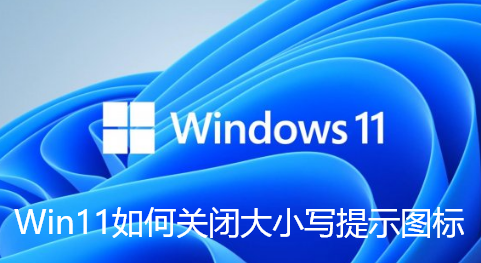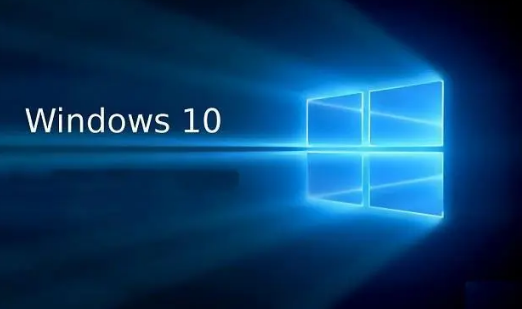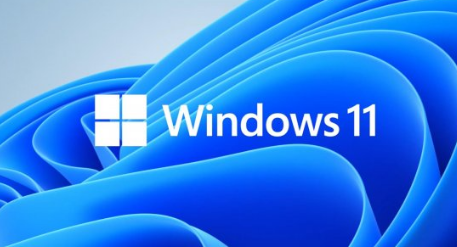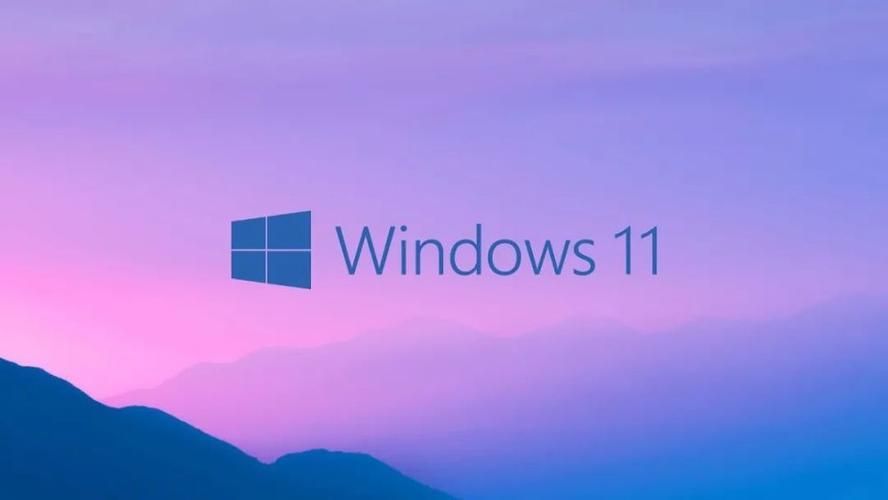 Backend Development
Backend Development PHP Tutorial
PHP Tutorial Let your Apache2.0.45 support PHP_PHP tutorial on the WIN platform
Let your Apache2.0.45 support PHP_PHP tutorial on the WIN platform
Preface If you are not confident about using Apache. Or you're already using apache 2 but can't get it to work with PHP (apache can't parse your .php script). Don’t be afraid, after reading this article, all your problems will be solved. I've summarized the steps on how to make Apache and PHP work together. Actually, it's much simpler than others say. I'm surprised why no one has written a how-to guide on this issue before so that everyone can better understand and use Apache 2.0. Out of personal interest, I analyzed Apache 2.0. In particular, in order to obtain the latest Apache server, this article uses version 2.0.45. Now, for anyone concerned about upgrading, upgrading your server to Apache 2.0 is much safer than upgrading Microsoft's IIS, and comes with a whole host of useful tools. In this article, I'll show you how to configure your httpd.conf file to enable your server to handle .php and .phps scripts. Next we need to configure apache 2 together so that when we request a .php page, the source code will not be displayed or the download prompt will not display the page we want to see. The work we have to do includes: Download and install apache 2.0.45 Configure the httpd.conf file Make apache2 run .php and .phps files This article is for Windows 2000/Me/XP users. WIN95/98 and NT4.0 users who do not have the msi installer may need to download and install it from Microsoft first. The reason I emphasize the Msi installer is because this article is for people who are installing Apache 2 for the first time. If you have already installed Apache before this, you can start the installation directly. But you also need to pay attention to some steps in this article, especially when you plan to install PHP 4.3.1. Okay, let's get started. Download apache2 If you have installed apache 1.3, please don't uninstall it yet, stop it first. After apache2 is installed and the PHP script is working, you can safely uninstall apache1.3. When uninstalling, please make sure to back up your httpd.conf file. In this way, you only need to change a few places to install it. Used a new server. For those who have not installed apache on their machine or have installed other servers, please go to apache.org to download apache2.0.45 (http://nagoya.apache.org/mirror/httpd/binaries/win32/). Make sure the .msi file you download is 5.3M in size. Run the downloaded .msi file to install apache. Your server will start automatically. If you have a firewall, make sure the firewall allows access to Apache. You should pay attention to the Apache Service Monitor (a green light in the taskbar), indicating that Apache is working. To make sure it's working, just move your mouse arrow over the monitor and it will tell you it's working. Your taskbar should look something like the image below: Some of you may be wondering why it says "running 1 out of 2 apache services", that's because you may have more than one version of apache working. Most people wouldn't do this, but I do have two apache servers on my machine. My 1.3.27 stopped running, while apache 2 is running. The picture below shows the situation of my machine: Note that there is a red light on the monitor of apache1.3.27, and there is a green light on the monitor of apache2. People who install apache for the first time can only see one, because you only installed one. alright. The Apache server has basically been installed. Now let's download the source code of PHP, because we want PHP to cooperate with APACHE, go to php.net to download the latest version of PHP (currently PHP 4.3.2 http://www.php.net/downloads.php). If you have already installed PHP, check if there is a php4apache2.dll file under the sapi file. If so, you can skip the following steps. We need to download two files, php-4.3.2-Win32.zip and php-4.3.1-installer.exe. Many people ask why we need to download them. This will make you lazy, so you don't need to create a folder or change the folder name from php-4.3.1-Win32 to PHP. We first use installer.exe to install, it will create the PHP folder for you, you can save more time. Run installer.exe to install PHP to your liking. Once complete, unzip the zip file and find the sapi folder inside the zip file. Copy this folder to the PHP directory you just installed. (For example: C:PHP) Then we can delete the php-4.3.2-win32 folder, because it is no longer needed (it feels a bit like killing the donkey, haha). Copy php4ts.dll in the PHP folder to your system directory: WINDOWSSystem32 under XP, WINNTsystem32 under 2K. Next we start to modify the conf file. Let Apache parse php pages. Open the httpd.conf file with your favorite text editor and let's add a few lines so that Apache can parse .php and .phps files.We need to pay attention to the two parts of the conf file. The first part is Dynamic Shared Object (DSO) Support list, and the second part is cgi-bin directory. First, let us find the DSO list as shown below. # Dynamic Shared Object (DSO) Support # # to be able to use the functionality of a module which was built as a DSO you # have to place corresponding `LoadModule lines at this location so the # directives contained in it are actually available _before_ they are used. # Statically compiled modules (those listed by `httpd -l) do not need # to be loaded here. # # Example: # LoadModule foo_module modules/mod_foo.so There are many more, until you find the last line: #LoadModule ssl_module modules/mod_ssl.so The above line is the On the last line of the list, press Enter to create an empty line. Add the following line to this empty line: LoadModule php4_module c:/php/sapi/php4apache2.dll Before closing the conf file, we need to add two more lines. Find the CGI-BIN directory. In order to save time, you can search like this: press CTRL+F, (Translator's Note: If you are editing this text in Notepad instead of WordPad, then you should use the shortcut key F3) Search
You are using the web browser.
 Win11如何关闭大小写提示图标Jun 29, 2023 pm 01:00 PM
Win11如何关闭大小写提示图标Jun 29, 2023 pm 01:00 PMWin11如何关闭大小写提示图标?当我们的电脑在进行大小写切换时,有用户的电脑屏幕会出现提示图标,对此有用户想要将该图标关闭,那么应该如何操作呢?其实方法很简单,下面小编就为大家演示Win11关闭大小写提示图标的方法,希望以下教程对你有所帮助。 Win11关闭大小写提示图标的方法 解决的方法很简单,那就是打开任务管理器结束Thisutilitycontrolsspecialkeyboard这个进程。 总而言之就是关闭进程里面的XXXXXUtility进程就可以了,如果是联想电脑的话,就
 CS玩家的首选:推荐的电脑配置Jan 02, 2024 pm 04:26 PM
CS玩家的首选:推荐的电脑配置Jan 02, 2024 pm 04:26 PM1.处理器在选择电脑配置时,处理器是至关重要的组件之一。对于玩CS这样的游戏来说,处理器的性能直接影响游戏的流畅度和反应速度。推荐选择IntelCorei5或i7系列的处理器,因为它们具有强大的多核处理能力和高频率,可以轻松应对CS的高要求。2.显卡显卡是游戏性能的重要因素之一。对于射击游戏如CS而言,显卡的性能直接影响游戏画面的清晰度和流畅度。建议选择NVIDIAGeForceGTX系列或AMDRadeonRX系列的显卡,它们具备出色的图形处理能力和高帧率输出,能够提供更好的游戏体验3.内存电
 win10休眠后无法唤醒怎么解决Jun 29, 2023 pm 12:26 PM
win10休眠后无法唤醒怎么解决Jun 29, 2023 pm 12:26 PMwin10休眠后无法唤醒怎么解决?我们在不适用电脑的时候,电脑就会自动进入休眠,这样就可以保护我们的设备。但是有小伙伴反应说近期在使用win10系统的时候,进入休眠却没有办法唤醒了,怎么操作都没有办法。这种情况应该如何解决呢,小编下面整理了win10休眠后无法唤醒解决教程,感兴趣的话,跟着小编一起往下看看吧!电脑休眠后无法唤醒的因素一般有三个:第一:是系统硬件不兼容、不支持。第二:是系统设置原因导致。第三:是没有设置混合唤醒造成的。解决方法1:在开始菜单【运行】对话框中输入cmd,进入命令提示符
 win系统磁盘0磁盘分区1是什么意思Sep 26, 2021 am 11:23 AM
win系统磁盘0磁盘分区1是什么意思Sep 26, 2021 am 11:23 AMwin系统磁盘0是指第一块硬盘,磁盘分区1是指第一个分区,通常称为C驱动器。如果安装了两个硬盘,则分别是磁盘0和磁盘1。它们通常在安装win系统时在对硬盘进行分区时出现。
 win11怎么创建本地连接Jun 29, 2023 pm 12:55 PM
win11怎么创建本地连接Jun 29, 2023 pm 12:55 PMwin11怎么创建本地连接?有小伙伴在升级到win11系统之后,发现一些功能没办法正常使用,有小伙伴使用本地连接得时候,发现没有办法正常连接,不能正常连接的话,就没有办法上网,那么我们应该如何解决呢。小编下面整理了win11创建本地连接步骤,感兴趣的话,跟着小编一起往下看看吧!win11创建本地连接步骤1、点击桌面开始菜单,打开设置面板,如图所示。2、找到网络和Internet选项,如图所示。3、点击设置拨号连接按钮,如图所示。4、点击该栏目下的设置新连接选项,如图所示。5、最后点击设置新网络图
 Win10飞行模式是灰色的不能上网怎么办Jun 29, 2023 pm 12:26 PM
Win10飞行模式是灰色的不能上网怎么办Jun 29, 2023 pm 12:26 PMWin10飞行模式是灰色的不能上网怎么办?有小伙伴在使用win10的时候,如果不使用网络了,就会开启飞行模式,但是有小伙伴发现飞行模式是灰色的,这种情况我们应该如何解决飞行模式是灰色的这种情况呢。小编下面整理了Win10飞行模式是灰色的不能上网解决技巧,感兴趣的话,跟着小编一起往下看看吧!Win10飞行模式是灰色的不能上网解决技巧1、首先在搜索栏目里面输入msconfig,点击sysytemconfiguration功能,如图所示。2、切换到服务选项,选择隐藏所有Microsoft服务,再点击全
 win11休眠文件怎么清理Jun 29, 2023 am 11:35 AM
win11休眠文件怎么清理Jun 29, 2023 am 11:35 AMwin11休眠文件怎么清理?很多小伙伴再给win11系统的电脑进行磁盘清理的时候,发现每次重启之后都会产生新的垃圾文件,这就是电脑的休眠文件。这些休眠文件是系统自动产生的,我们清理掉这些休眠文件之后,可以减轻磁盘非常大的一块负担,但是很多小伙伴并不清楚该怎么清理休眠文件,下面就由小编为大家带来win11休眠文件清理教程。win11休眠文件清理教程1、找到C盘的CMD程序,路径如下:C:WindowsSystem32然后右键:以管理员身份运行2、输入命令:powercfg-hoff然后回车,看到如
 win加r输入什么命令Jan 05, 2021 am 11:28 AM
win加r输入什么命令Jan 05, 2021 am 11:28 AMwin加r输入的命令有:1、cleanmgr命令,打开磁盘清理工具;2、compmgmt.msc命令,计算机管理;3、charmap命令,启动字符映射表;4、calc命令,启动计算器;5、Clipbrd命令,剪贴板查看器等。


Hot AI Tools

Undresser.AI Undress
AI-powered app for creating realistic nude photos

AI Clothes Remover
Online AI tool for removing clothes from photos.

Undress AI Tool
Undress images for free

Clothoff.io
AI clothes remover

AI Hentai Generator
Generate AI Hentai for free.

Hot Article

Hot Tools

Dreamweaver Mac version
Visual web development tools

SAP NetWeaver Server Adapter for Eclipse
Integrate Eclipse with SAP NetWeaver application server.

Atom editor mac version download
The most popular open source editor

VSCode Windows 64-bit Download
A free and powerful IDE editor launched by Microsoft

SublimeText3 Chinese version
Chinese version, very easy to use





